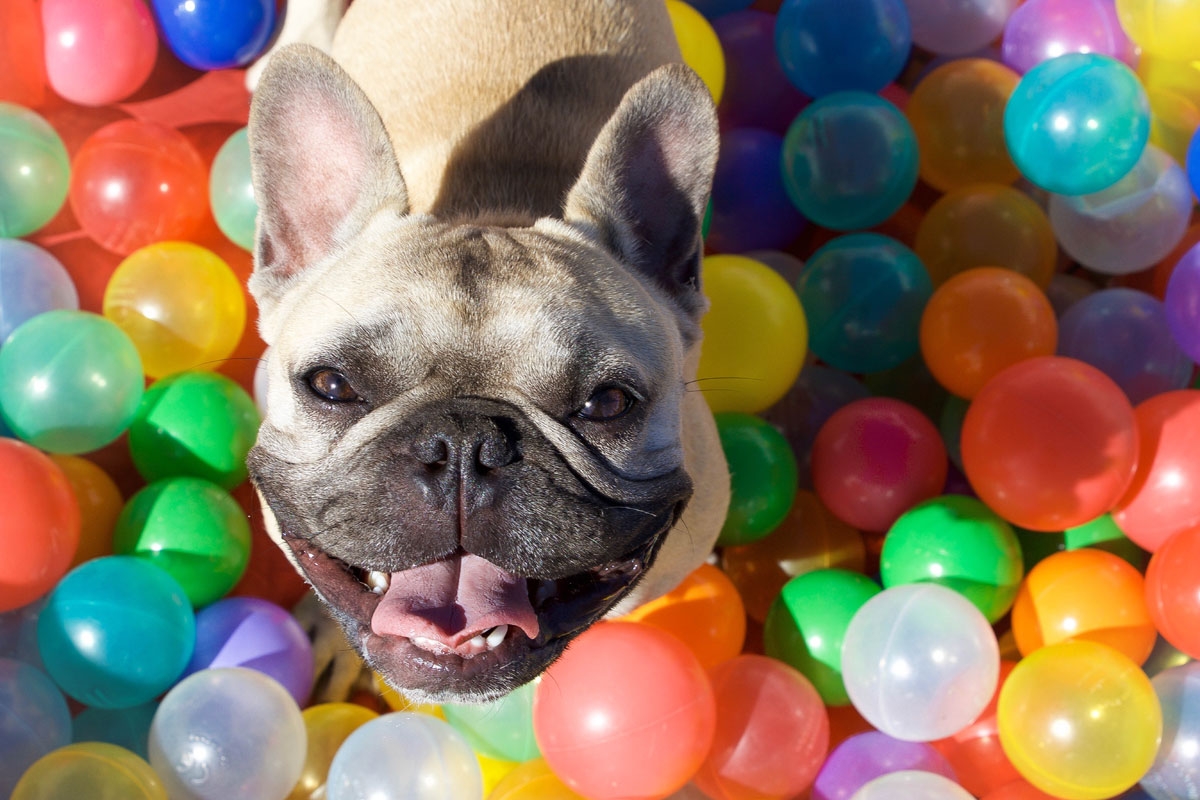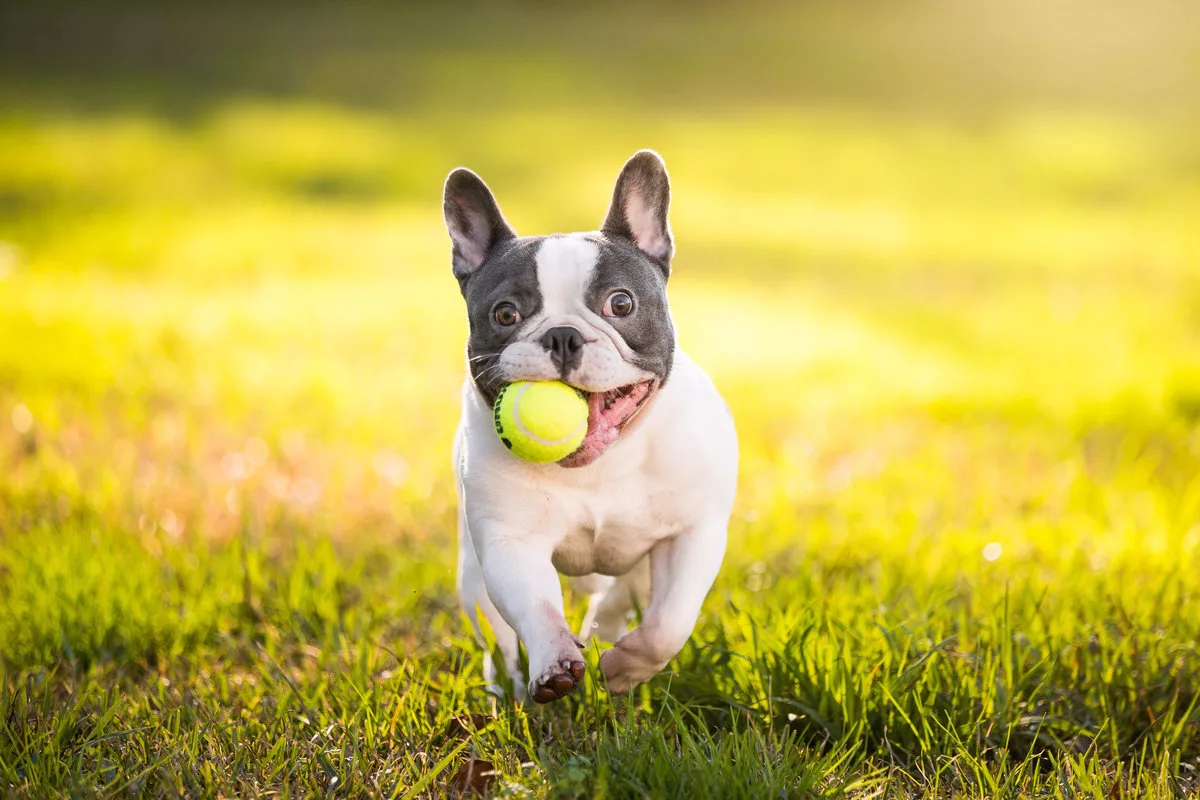Dogs have an exceptional ability that opens the door to truly understanding how they learn language.
For many dog owners, their pet’s ability to understand words such as “ball”, “walk” or “treat” is a source of amazement. But now, what dogs can understand has taken a new leap forward, moving beyond associating a sound with a specific object to a deeper level of comprehension. This has been revealed by a study published in Current Biology, which concluded that dogs may have communication abilities previously thought to be unique to humans.
The research.
The study was led by Claudia Fugazza from the Department of Ethology at Eötvös Loránd University in Hungary and focused specifically on a group of exceptional dogs known as “Gifted Word Learners”.
These dogs are not at all common, as they have an extraordinary talent for learning the names of objects, with vocabularies ranging from 29 to more than 200 words, a skill that allows them to learn object names quickly in playful interactions with their owners.
Learning the rules.
To find out if dogs can go beyond simple visual recognition, the researchers designed an ingenious four-phase experiment. The first phase focused on teaching the dogs what they would have to do. To do this, the owners taught their dogs two verbal labels for two groups of toys. For example, a set of four objects was assigned the label “pull” and the only interaction was a game of tug-of-war.
Another set of four toys was given the label “throw”, and these were only played with by throwing them for the dog to fetch. The crucial point here is that the toys within each category did not share any systematic physical characteristics. The only thing they had in common was the label and the way they were played with.
The test.
The second phase involved checking whether the dogs had fully understood the rules they had been taught previously. Eight dogs passed the test successfully, retrieving the correct toy in at least 12 out of 16 attempts.
New toys.
The third phase was undoubtedly crucial and is the crux of the matter. Here, the owners introduced completely new toys to the dogs and for a week played with them in the two ways established previously, but with one very strict rule: they could not use verbal cues such as “pull” or “throw”. The dogs only experienced the function of the toy, without anyone saying its name or what they were using it for.
The litmus test.
Once all these phases were complete, all that remained was to place these new toys (which had been played with without naming them) alongside other familiar toys. The owner, from another room so as not to give any visual clues, asked the dog to “bring me a pull/throw”. The dog then had to deduce which new toy the owner was referring to with this instruction, based solely on the function it had previously experienced with it.

Results.
The dogs selected the correct new toy, the one they had played with in the manner corresponding to the label, at a rate well above chance. On average, out of 48 attempts, the dogs were correct 31 times.
This clearly demonstrates that the dogs did not simply learn the names of individual objects. Instead, they created two ‘mental categories’ based on the function of the objects: one for “pull” toys and another for “throw” toys. When encountering a new, unnamed toy, they were able to assign it to the correct category based on its use.
This ability to generalise a label to functionally similar objects, ignoring differences in appearance, is a fundamental pillar of language development in children. In fact, this ability emerges in young children and preschoolers, who learn to understand that both a ceramic cup and a plastic cup belong to the “cup” category because both are used for drinking.
The importance.
This study is groundbreaking, above all, because it demonstrates that a non-linguistic species can perform functional classification linked to the learning of verbal labels, and does so in a naturalistic context of play and without having to undergo a lot of repetition in a laboratory environment.
Until now, it was thought that dogs functioned through perception, but this study has changed that idea. In this case, it challenges the fact that animals classify the world mainly by perceptible characteristics such as shape or colour. These dogs based their classification on the “expected usefulness” of the object.
In this way, GWL dogs emerge as an unprecedented animal model for investigating the precursors of language-related cognition in ecologically valid conditions, offering parallels with childhood learning.
It opens a door.
The authors themselves point out that this ability is, for now, unique to these “gifted” dogs and should not be generalised to the entire canine population. However, it opens the door to investigating whether this ability is latent in other dogs and what cognitive mechanisms underpin it.





